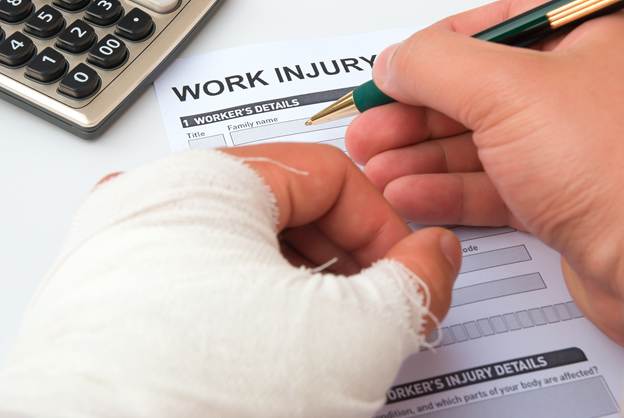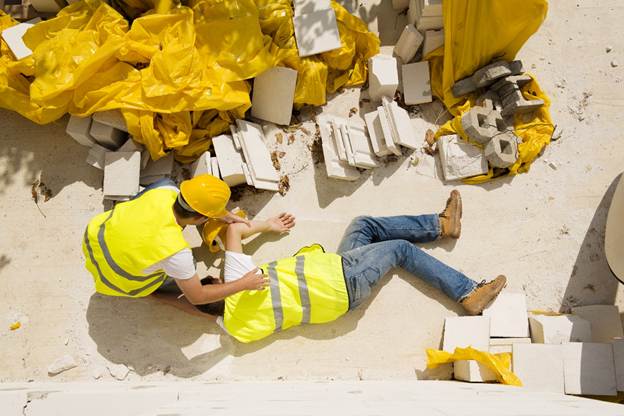For over a decade, the construction sector has been the most dangerous industry. In 2023, the Bureau of Labor Statistics recorded 1,075 fatalities, close to 40% of which were caused by slips and falls. Transportation-related incidents (e.g., cranes, forklifts, heavy machinery) come a somewhat distant second, accounting for 22% of cases.
It’s a distinction that the sector continues to struggle with. Whether resulting in a wrongful death or serious injury, construction companies still have to deal with the fallout. Aside from project delays and official investigations, there’s also the matter of determining liability. As you’ll find out in this piece, it isn’t as straightforward as most people believe.
Who to Blame
Contrary to the prevailing narrative, accidents aren’t inevitable. Mishaps in a construction site (or outside of one) can be caused by malfunctioning machinery, lack of safety gear or best practices, and lapse of judgment, among other things. Construction companies are, more often than not, at the heart of these mishaps because of their duty of care.
While that may be the case, pinning the blame is another thing entirely. A construction firm consists of various professionals, any of whom can be liable for the accident.
- Architects and engineers can be held liable for designing the project without adhering to relevant building and safety codes. They can also be held accountable for mistakes in implementation, as they’re responsible for overseeing the process.
- Project managers are involved in every step of construction management. One step involves picking the right contractors and suppliers, meaning a mishap caused by poor workmanship or low-quality materials can hold them liable.
- Foremen are responsible for training construction workers in safety best practices and ensuring there’s enough safety gear for everyone. They can be at fault if a mishap stems from inadequate safety (e.g., lack of catch nets).
Third parties are by no means immune to blame. Naturally, when the investigation finds nothing wrong on the construction firm’s side, its gaze shifts to third parties like:
- Equipment vendors and manufacturers can be liable for providing faulty construction equipment to the project. Vendors have a responsibility to ensure the equipment they sell are working, while manufacturers should create quality products.
- Contractors and subcontractors provide services that construction companies can’t. While the construction firm may be blamed for poor decision-making, the contractor and subcontractor can be equally at fault for delivering substandard service.
- Property owners, albeit not as common, are just as prone to blame for a mishap occurring in their properties. Construction firms often make claims against them mainly for failure to disclose job site hazards like power lines.
As you can see, determining fault is complicated. That said, those injured or lost loved ones in a construction accident demand compensation. Hiring a construction accident lawyeris a huge advantage due to their experience and expertise. They can argue for an exhaustive investigation to determine the responsible parties for the serious or fatal injury.
How to File a Claim
There’ll be time later to determine who to blame for the accident. In case of an incident, the construction worker’s priority should be on seeking immediate medical attention. This also works from a legal perspective, as medical records are crucial pieces of evidence that can support a workplace injury claim.

Speaking of records, pictures of the accident scene and eyewitness testimonies are also important for supporting the victim’s claim. If the injury has left the worker in a critical condition, they can ask a close co-worker to perform this step on their behalf.
As for the paperwork, the Department of Labor requires injuries and deaths to be reported to the employer or supervisor within 30 days of the incident. The report must be done by filling Form LS-201. For filing a workers’ compensation claim, fill out Form LS-203 within one year of the date of injury or last compensation payment (whichever comes later).
Upon receiving the notification, the Occupational Safety and Health Administration requires employers to report it to the agency immediately. Fatalities should be reported within eight hours, while hospitalizations and serious injuries must be reported within 24 hours.
If the employer comes forward with a compensation offer, lawyers advise not accepting it right away if possible. Victims tend to be unaware of the true value of their case. Accepting the offer without learning this means forfeiting such an opportunity.
Whether or not a victim is concerned about money, it’s the long-term effects that leave the most impact. A head injury due to a crane machine failure may appear harmless now, but its symptoms can manifest later in a worker’s life. They would wish they had enough money to manage their mood swings or mobility problems as they grow older.
Instead, have a crane accident attorney or a legal expert in construction injury study the offer first. Their job is to review the proposal relative to their client’s circumstances. If the attorney feels the offer won’t meet the victim’s needs, they can represent the victim in and out of court. Speak with one for a decisive resolution.
Conclusion
Whether scaffolding accidents or fires and explosions, construction accidents can occur when workers least expect it. As such, it’s important to be aware of a construction worker’s rights and make the most out of them. Every step in filing workers’ comp should be done with the aid of a lawyer, from identifying the liable parties to studying initial offers.

